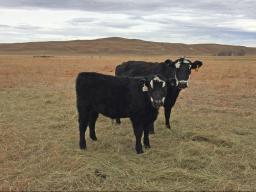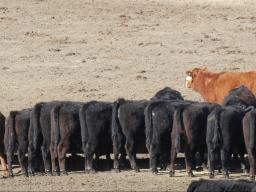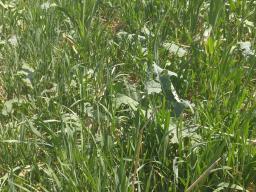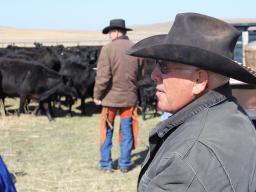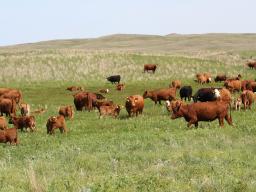 Benchmarking your herd can be an important tool to look at your cost and revenues compared to other beef producers. Producers can look at where their expenses are high compared to other similar cow/calf producers. Benchmarking can give you better feedback the more similar the operation. Once you Continue reading…
Benchmarking your herd can be an important tool to look at your cost and revenues compared to other beef producers. Producers can look at where their expenses are high compared to other similar cow/calf producers. Benchmarking can give you better feedback the more similar the operation. Once you Continue reading…
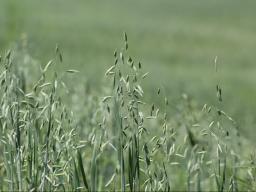 If you did not plant winter, annual small grains for spring forage in the fall last year, there are not many opportunities remaining to produce forage for grazing or hay. The last remaining option to consider is spring-planted oats. Oats can be planted in early spring for pasture or hay. There are Continue reading…
If you did not plant winter, annual small grains for spring forage in the fall last year, there are not many opportunities remaining to produce forage for grazing or hay. The last remaining option to consider is spring-planted oats. Oats can be planted in early spring for pasture or hay. There are Continue reading…
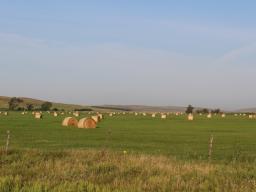 Pasture and hayland grass growth is stimulated by fertilizer just like other crops. While nitrogen (N) is the primary nutrient most commonly needed for grasses, others, such as phosphorous (P), potassium (K), or sulfur (S) may also be deficient and could result in greater growth. Soil testing shou Continue reading…
Pasture and hayland grass growth is stimulated by fertilizer just like other crops. While nitrogen (N) is the primary nutrient most commonly needed for grasses, others, such as phosphorous (P), potassium (K), or sulfur (S) may also be deficient and could result in greater growth. Soil testing shou Continue reading…
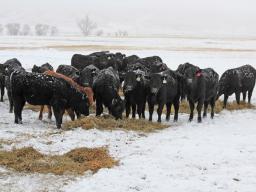 Since the 2016 insurance year, Whole Farm Revenue Protection (WFRP) insurance has been available in every county in the nation. WFRP covers farm revenue from all commodities produced for the whole farm for the insured year with adjustments made for inventory carryovers. Some significant changes were Continue reading…
Since the 2016 insurance year, Whole Farm Revenue Protection (WFRP) insurance has been available in every county in the nation. WFRP covers farm revenue from all commodities produced for the whole farm for the insured year with adjustments made for inventory carryovers. Some significant changes were Continue reading…
 Benchmarking your herd can be an important tool to look at your cost and revenues compared to other beef producers. Producers can look at where their expenses are high compared to other similar cow/calf producers. Benchmarking can give you better feedback the more similar the operation. Once you Continue reading…
Benchmarking your herd can be an important tool to look at your cost and revenues compared to other beef producers. Producers can look at where their expenses are high compared to other similar cow/calf producers. Benchmarking can give you better feedback the more similar the operation. Once you Continue reading…


